Rijal on Gyanendra Nepal Map: UML Lawmaker Questions Silence
Rijal also urges RPP to change its name and fully adopt republican values.
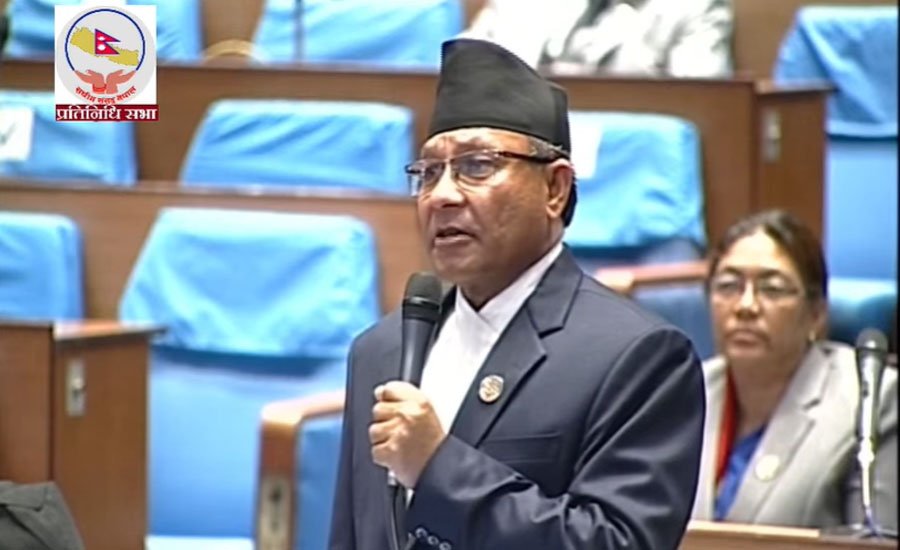
Kathmandu: UML lawmaker Ishwar Bahadur Rijal criticized former King Gyanendra Shah for staying silent when Nepal unveiled its updated political map. The Rijal on Gyanendra Nepal map debate came up in parliament during discussions on the government’s new policy and programme.
Rijal on Gyanendra Nepal Map Debate in Parliament
Rijal reminded lawmakers how the nation united in 2020 when Nepal released its revised map, which included Kalapani, Lipulekh, and Limpiyadhura. Leaders, citizens, and the media rallied in defense of sovereignty. Yet, the former monarch—who often issues symbolic remarks on minor occasions—remained silent.
Why Rijal Questioned the Former King
The UML leader argued that silence during such a historic moment showed a lack of accountability. He stressed that when sovereignty is at stake, symbolic statements are not enough. Rijal suggested that the monarchy’s silence proved why Nepal’s republican system is more relevant today.
Rijal on Gyanendra Nepal Map and RPP’s Future
Rijal also directed his remarks at the Rastriya Prajatantra Party (RPP). He recalled how RPP leaders accepted multiparty democracy during the 2046 BS movement and even renamed the party to reflect change. He urged current leaders to go further and fully embrace republican values.
He proposed adding “Republican” to the party’s name. As alternatives, he suggested Republican RPP or Rastriya Sanghiya Loktantrik Ganatantrik Party (National Federal Democratic Republican Party).
Map Update and National Sovereignty
The updated map remains a sensitive political issue, particularly in Nepal-India relations. Rijal’s remarks highlight contradictions in both monarchist and republican politics, while also reflecting Nepal’s struggle to balance sovereignty with political stability.
For related coverage, read
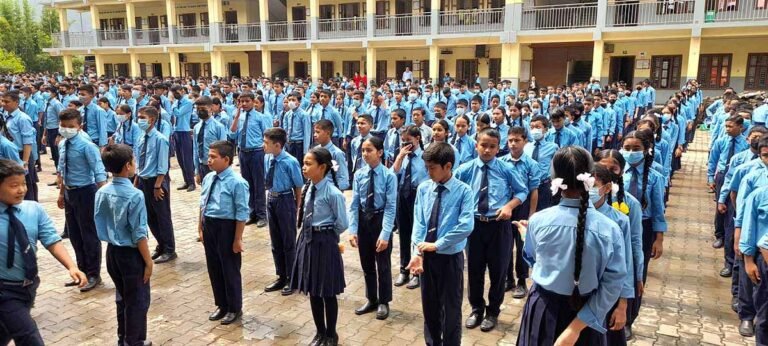
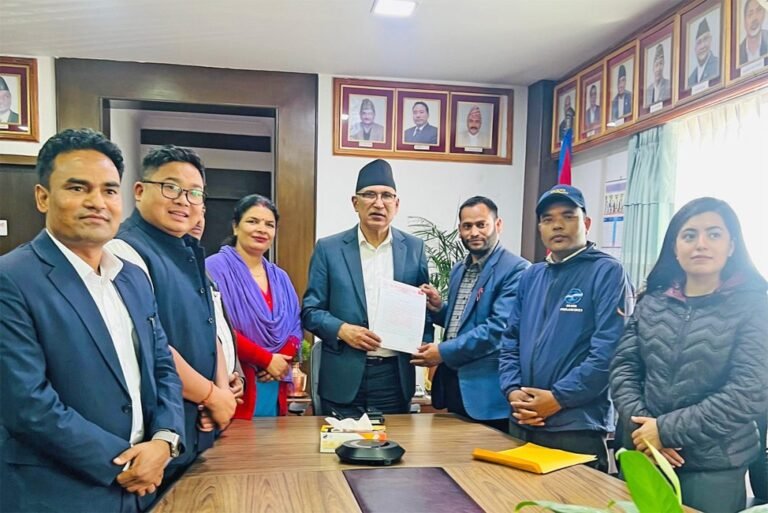


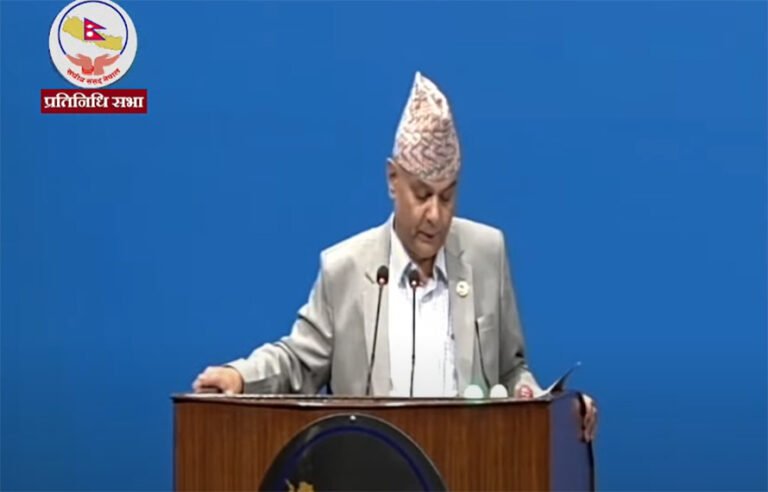

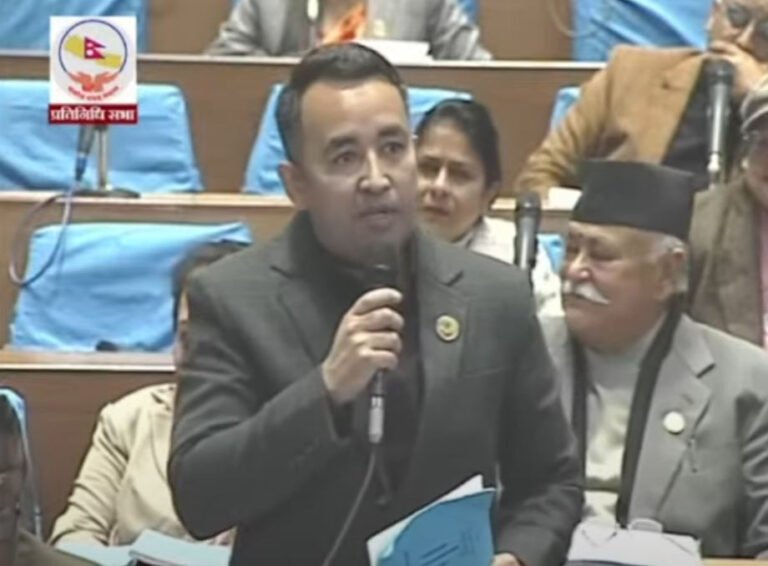

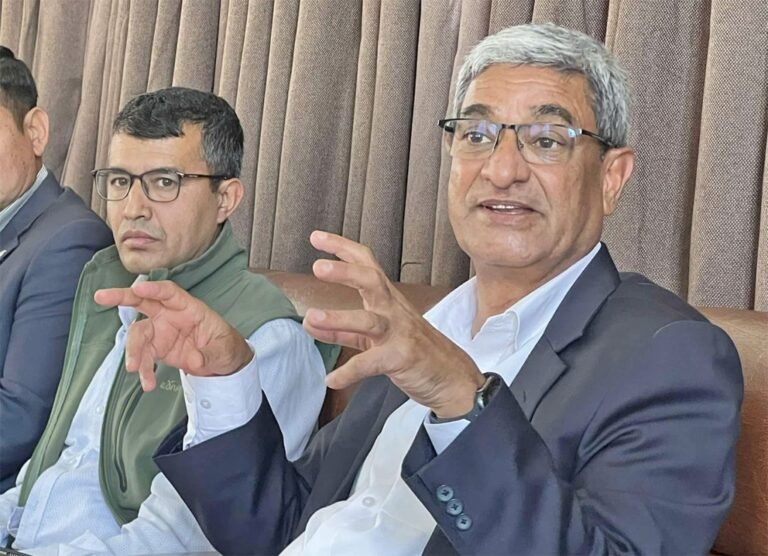

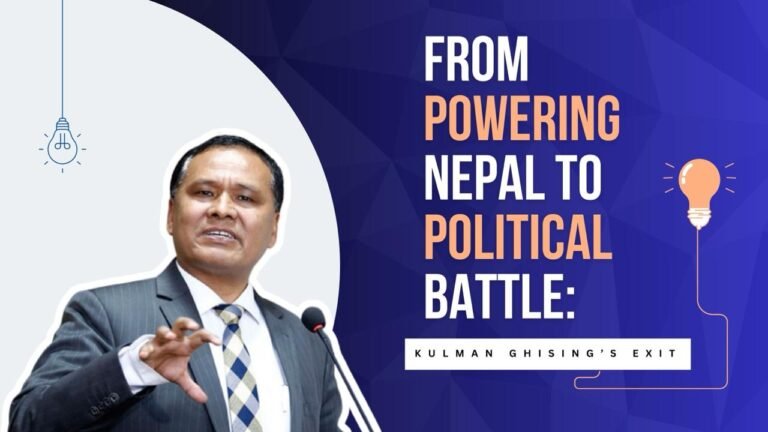
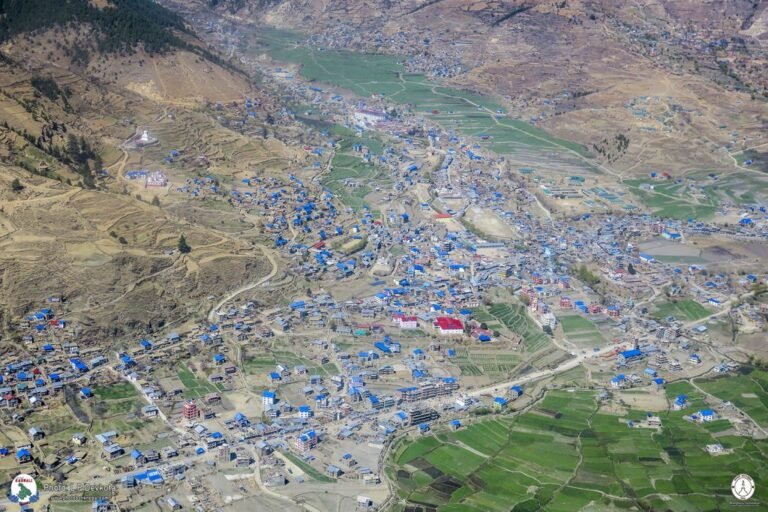
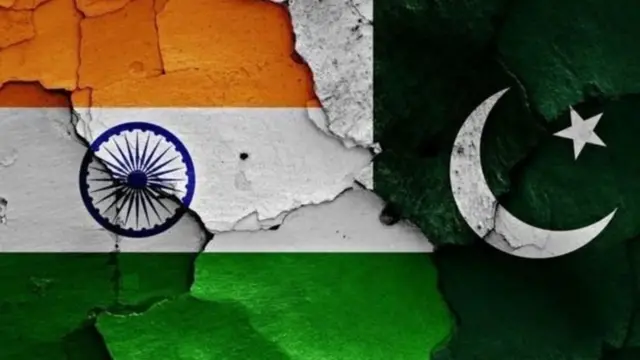
Please login to leave a comment.
Login to Comment